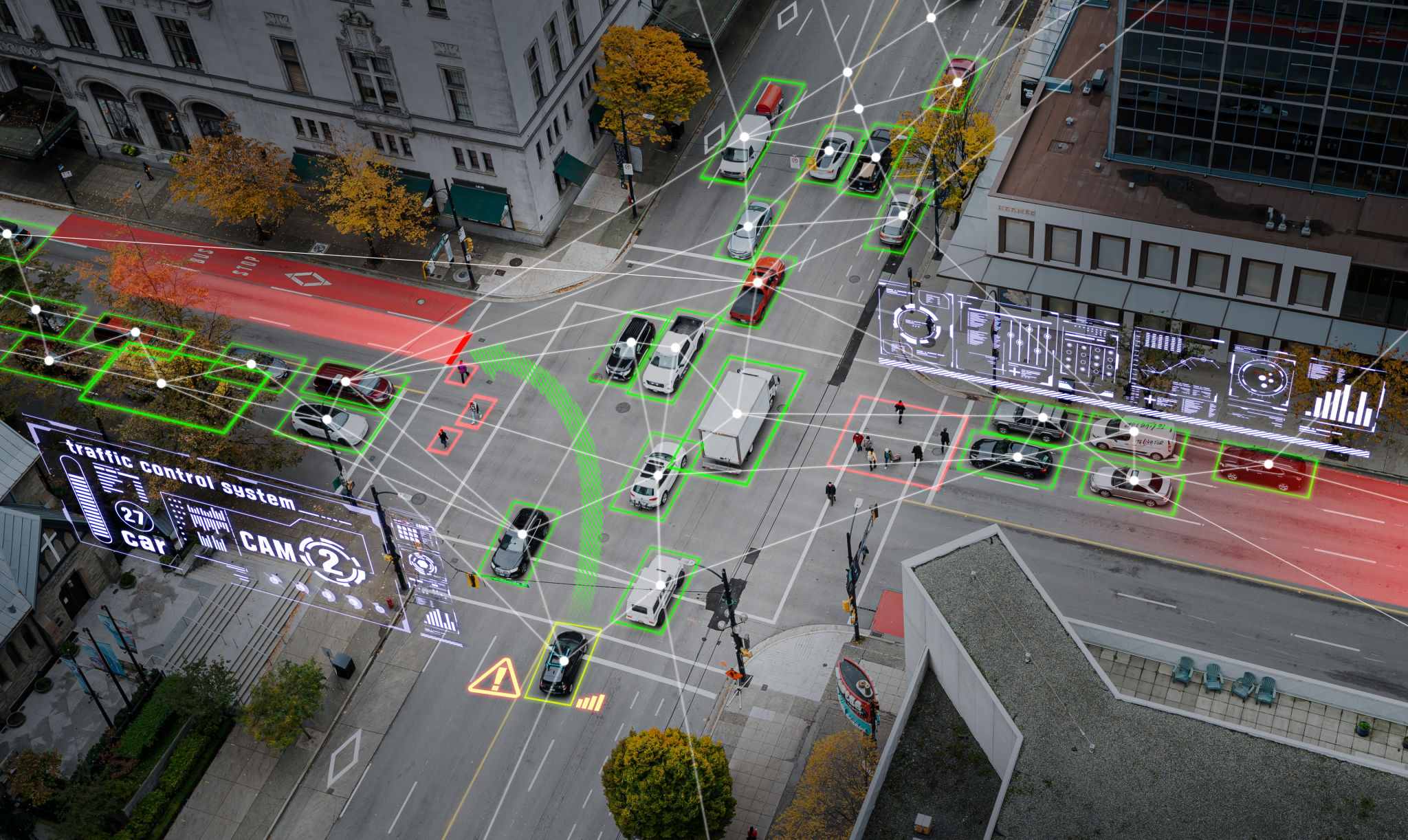Transforming Urban Spaces with Cognitive Design: A Montreal Perspective
St
Understanding Cognitive Design
As urban spaces evolve, the integration of cognitive design principles has become a pivotal factor in transforming cities. Cognitive design enhances the interaction between individuals and their surroundings, making urban spaces more intuitive and user-friendly. By focusing on how people perceive and process information, cognitive design aims to create environments that are both functional and aesthetically pleasing.
In Montreal, a city renowned for its vibrant culture and rich history, cognitive design is playing a crucial role in shaping public spaces. The city is a living laboratory of architectural innovation, where old meets new, and cognitive design principles are being applied to improve urban life.

Montreal's Unique Approach
Montreal's approach to urban transformation through cognitive design is unique in its blend of cultural heritage and modern innovation. The city's planners and architects prioritize human-centric designs that cater to the needs of its diverse population. From public parks to transit systems, every aspect of the urban landscape is carefully crafted to enhance usability and accessibility.
One of the key elements of Montreal's cognitive design strategy is the incorporation of green spaces. These areas not only provide aesthetic value but also improve mental well-being by offering residents a place to relax and connect with nature. The integration of art installations in these spaces further enriches the cultural experience, providing visual stimulation and promoting creativity.

Technology and Innovation
Technology is at the forefront of Montreal’s cognitive design initiatives. Smart city technologies are being implemented to streamline urban processes and improve the quality of life for residents. For example, intelligent traffic systems help reduce congestion, while adaptive lighting in public areas enhances safety and energy efficiency.
Moreover, data-driven insights allow city planners to understand behavior patterns and optimize urban layouts accordingly. By analyzing data on pedestrian movement and public transportation usage, planners can make informed decisions that ensure spaces are designed to meet the actual needs of the community.

The Role of Community Engagement
Community engagement is a cornerstone of Montreal’s cognitive design efforts. Involving local residents in the planning process ensures that developments reflect the community’s needs and desires. Public consultations and workshops allow citizens to voice their opinions and contribute ideas, fostering a sense of ownership and pride in their urban environment.
This inclusive approach not only enhances the effectiveness of cognitive design but also strengthens community bonds. By creating spaces that resonate with the people who use them, Montreal is building a more connected and cohesive urban landscape.
Challenges and Future Prospects
Despite the successes, implementing cognitive design in urban spaces is not without challenges. Balancing modernity with tradition, ensuring equitable access to resources, and addressing environmental concerns are ongoing tasks. However, Montreal's commitment to cognitive design continues to drive innovative solutions.
Looking ahead, the future of urban spaces in Montreal promises further integration of technology and sustainability. As cities around the world look to Montreal as a model, the lessons learned and innovations developed here will influence global urban planning trends.

Conclusion
Cognitive design is transforming Montreal’s urban spaces into more livable, functional, and enjoyable environments. Through a harmonious blend of technology, community involvement, and innovative planning, Montreal is leading the way in creating cities that truly cater to human needs. As urban challenges evolve, so too will the strategies that shape our cities, ensuring they remain vibrant and dynamic places for generations to come.